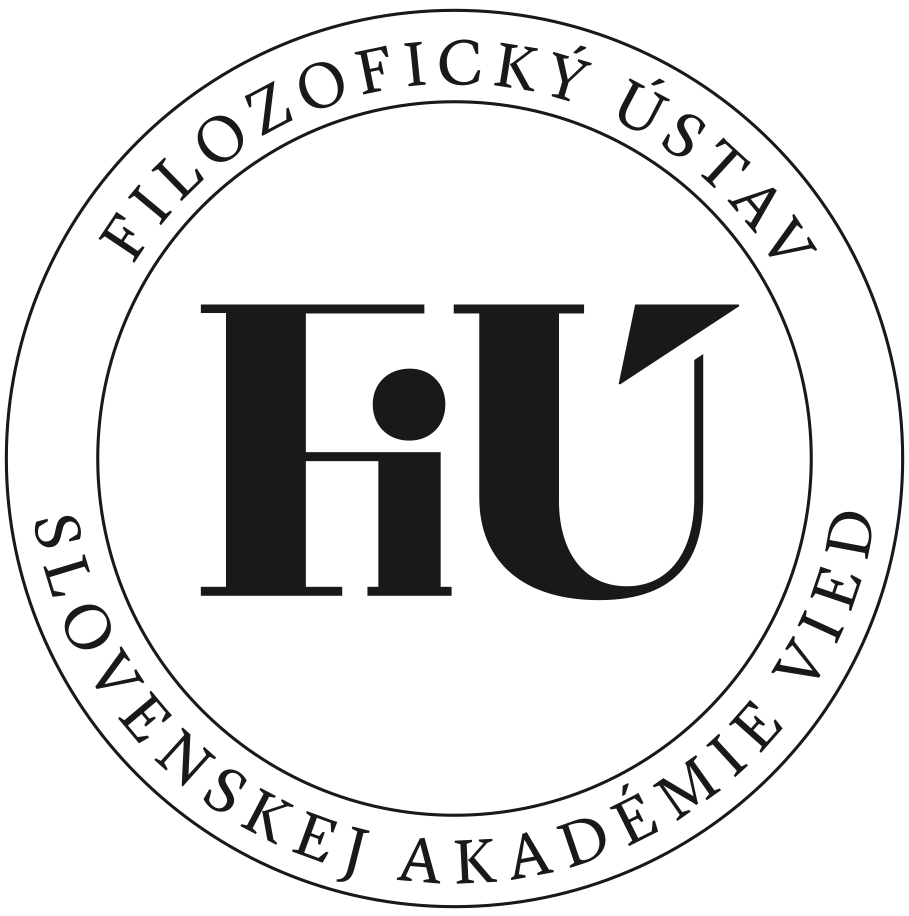Detail príspevku/publikácie
Saturated Phenomena: From Picture to Revelation in Jean-Luc Marion’s Phenomenology
Abstrakt
A phenomenon is that which appears. In his phenomenology, Jean-Luc Marion shows how a phenomenon that appears in and out of itself evades the metaphysical demand of grounding. Classical philosophy has acknowledged phenomena only in so far as they can be sanctioned by the concepts of the intellect. This holds good also of Husserl’s constitutive ego. Now, Marion distinguishes between such intuitively “poor phenomena” and the “saturated phenomena” that exceed the intentional consciousness; they are given not by the consciousness but to the consciousness in an excess of intuition. This “gift of appearance” is Marion’s main concern, in the visible in general, and in painting in particular. But whereas idols only reflect our own desire to see and to be seen, icons surprise us by the gaze the saint directs on us. A picture is the scene of a possible revelation; and the revelation is nothing but the phenomenon taken in its fullest meaning: intuitive saturation at its maximum. A crucial question, nonetheless, remains: What is the relation between revelation as a phenomenological possibility, and Revelation as a theological dogma of the utmost importance?
Jean-Luc Marion, Phenomenology, Aesthetics, Givenness, Revelation
